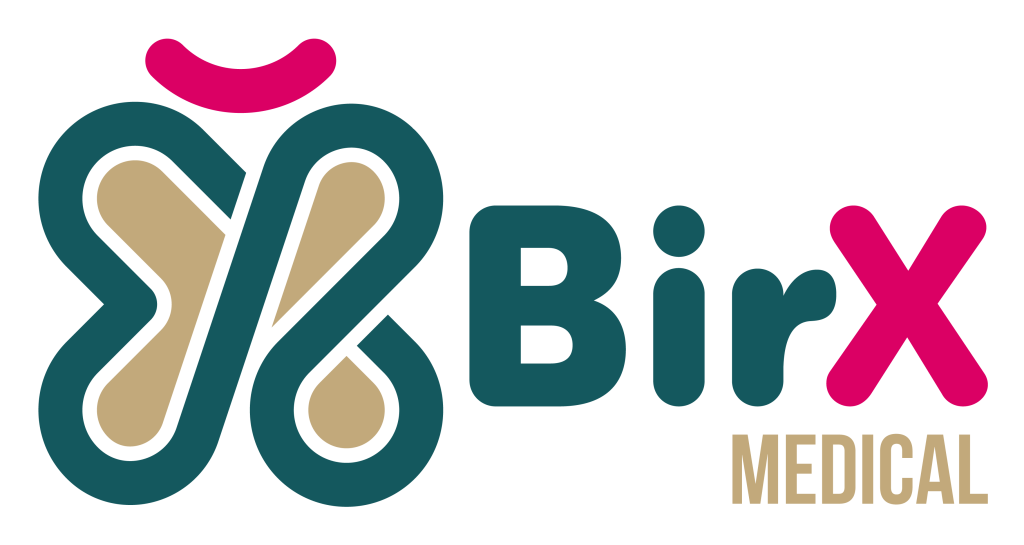Glucosamine Sulfate: Benefits and Common Uses
Glucosamine sulfate is a well-known supplement used in the treatment of joint conditions. It is primarily used to relieve the symptoms of osteoarthritis, a degenerative disease affecting the joints that is common in older people. Glucosamine sulfate helps maintain the integrity of cartilage, promoting mobility and reducing pain. In addition, there are studies that suggest that it may have an anti-inflammatory effect, making it an attractive option for those looking for natural alternatives to conventional medications. More information can be found in the article on glucosamine sulfate.
Beyond its uses in osteoarthritis, glucosamine sulfate has also been investigated for its potential benefits in other conditions, such as rheumatoid arthritis and inflammatory bowel disease. Although the evidence in these cases is still inconclusive, the scientific community continues to explore its therapeutic potential. Cialis is a medication prescribed for erectile dysfunction. People often ask what is cialis for when exploring treatment options. It helps enhance blood flow to the penis, aiding in achieving an erection. Consult your doctor for advice on usage. It is important to mention that, as it is a natural supplement, it is crucial to have medical supervision to avoid interactions with other treatments and ensure its proper use.
Finally, it is interesting to note that unlike invasive treatments such as micrographic surgery used in the treatment of certain types of skin cancer, glucosamine sulphate offers a non-invasive option to improve the quality of life of those suffering from joint problems. However, it should always be kept in mind that not all supplements are suitable for everyone, and it is essential to base any decision about their use on consultation with health professionals and on solid scientific studies.
Bacterial Meningitis: Causes and Symptoms
Bacterial meningitis is a serious infection that affects the protective membranes that cover the brain and spinal cord, known as the meninges. The main cause of this disease are bacteria such as Neisseria meningitidis and Streptococcus pneumoniae. These bacteria can enter the bloodstream and travel to the brain, causing inflammation and damage to brain tissue. Symptoms usually appear suddenly and may include high fever, stiff neck, severe headache, nausea, and vomiting. In some cases, confusion or seizures may occur, which requires immediate medical attention.
The causes of bacterial meningitis vary, but certain factors can increase the risk of contracting the disease. These factors include age (young children and older adults are more vulnerable), underlying medical conditions, and living in close community settings such as college dormitories or military barracks. Vaccination is a crucial preventive measure to reduce the incidence of this disease, especially in high-risk populations. Explore the latest developments in erectile dysfunction treatments. Our levitra 5 mg review offers comprehensive insights. Learn about side effects, benefits, and user experiences. Discover how this medication can improve your quality of life. Below is a table summarizing the main bacteria that cause meningitis and their characteristics:
| Bacterium | Characteristics | Prevention |
|---|---|---|
| Neisseria meningitidis | Common in adolescents and young adults | Vaccination |
| Streptococcus pneumoniae | It mainly affects children and the elderly. | Vaccination |
| Haemophilus influenzae type B | Less common since the introduction of the vaccine | Vaccination |
Early diagnosis and treatment of bacterial meningitis are essential to improve the outcome. Doctors often perform tests such as a spinal tap to test the spinal fluid for bacteria. Treatment usually includes intravenous antibiotics and, in some cases, corticosteroids to reduce inflammation. Recovery can take time, and in some cases there may be long-term side effects such as neurological or hearing problems.
Although the main focus of this article is bacterial meningitis , it is relevant to mention associated terms such as glucosamine sulphate and chlorosulthiadil . Although they are not directly related to meningitis, it is crucial to differentiate and understand their use in different medical contexts. Likewise, techniques such as micrographic surgery are relevant in other fields of medicine and highlight the diversity of methods and treatments available for different diseases.
- Risk factors: Age, underlying medical conditions, community settings.
- Prevention: Vaccination.
- Diagnosis: Lumbar puncture, cerebrospinal fluid analysis.
- Treatment: Intravenous antibiotics, corticosteroids.
Evaluating the Relationship between Chlorosulthiadidil and Human Health
Chlorosulthiadil is a chemical compound that has sparked interest in the scientific community due to its potential therapeutic applications. However, it is crucial to carefully analyze its impact on human health before reaching definitive conclusions. Although some preliminary research suggests certain benefits, evidence is still insufficient to establish a direct and conclusive relationship between chlorosulthiadil and improvement in specific medical conditions.
In this regard, it is relevant to mention other compounds such as glucosamine sulphate , widely used in the treatment of joint conditions. While glucosamine sulphate has been the subject of numerous clinical studies supporting its efficacy, research on chlorosulthiadil is still in its early stages. Therefore, any claims about its benefits should be taken with caution and supported by more in-depth and rigorous studies.
Furthermore, it is pertinent to consider the complexity of serious conditions such as bacterial meningitis , an infection that requires specific and well-established treatments. The appearance of terms such as micrographic surgery and its possible relationship with chlorosulthiadil or bacterial meningitis raises questions about the need for further research. Ultimately, the evaluation of the relationship between chlorosulthiadil and human health demands a rigorous scientific approach and a critical review of the existing literature.

